MBI Seminar
Time: 4pm
Date: Tuesday, 30 March 2021
Via ZOOM
Host: Andrew Holle
Insights into osteoclast plasticity – Fusion, fission and mechanosensors
By Pei Ying Ng, University of Western Australia, Australia
Biography
Pei Ying is an early career postdoctoral research fellow with an interest in fundamental osteoclast cell biology. She completed both her Honours degree and PhD at the University of Western Australia (UWA) under the supervision of Associate Professor Nathan Pavlos, in 2008 and 2014 respectively. In 2015, Pei Ying moved to Boston, USA, to take on a postdoctoral position at the Harvard Dental School of Medicine in the Baron Laboratory. Here, she investigated the cytoskeletal components and potential mechanism(s) required for initiating and driving osteoclast fusion. In collaboration with Dr. J. Silverberg from the Wyss Institute, and using a combination of Big Data and biophysical modelling, they focused on analysing the potential risks and benefits behind macrophage fusion, offering insights to why certain cell types may develop through fusion instead of division. At the conclusion of her first postdoctoral stint, Pei Ying relocated back to Perth in 2018 to join the Pavlos Laboratory, focusing on the molecular regulation and dynamics of membrane and protein trafficking processes during osteoclast formation and function.
Address your questions/concerns to the MBI ITCore at mbit@nus.edu.sg if you face any issue with the ZOOM sign-in.



